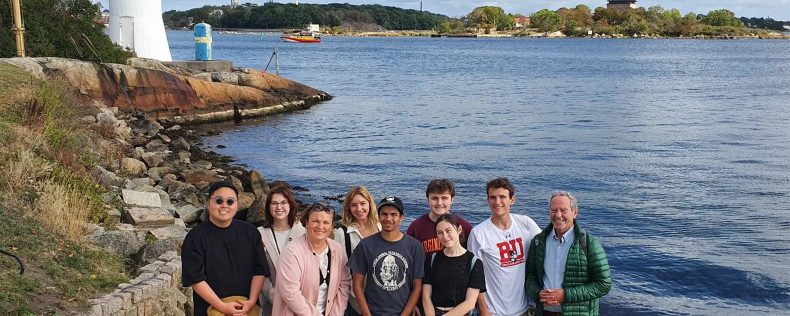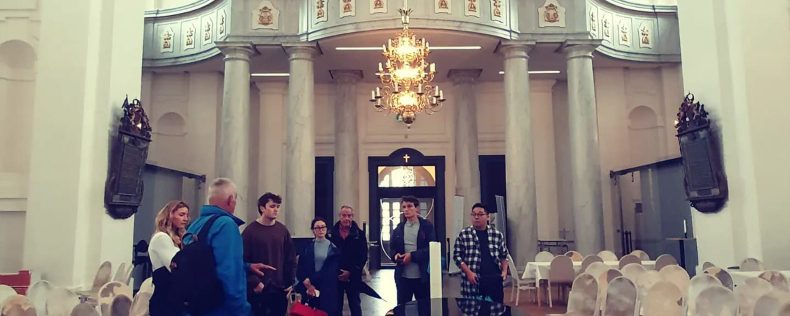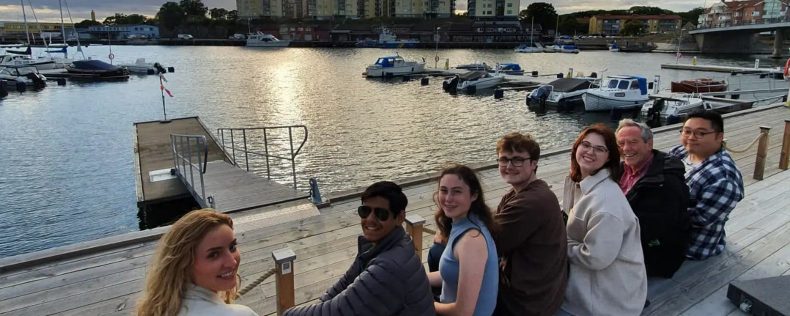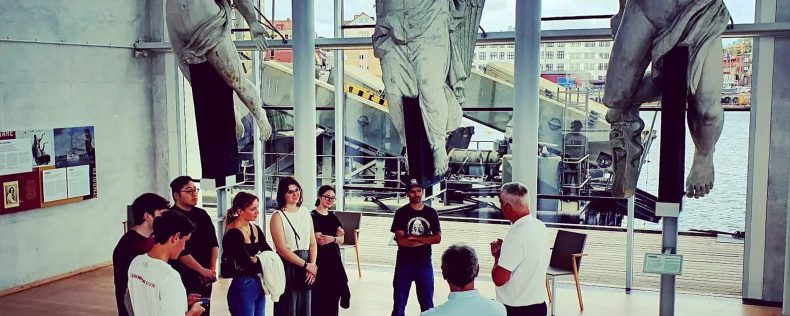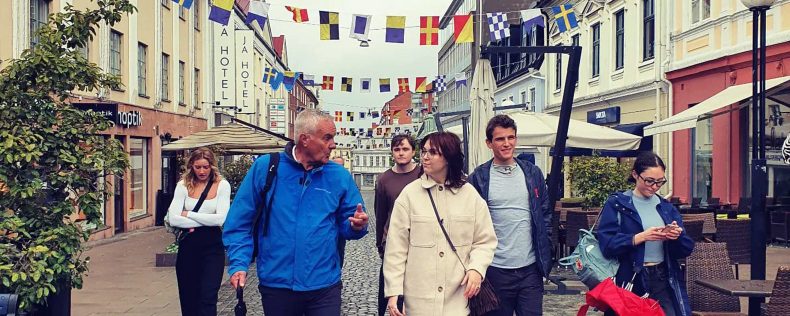Core Course Week is your first chance to truly dive into the complex nature of the European security landscape. We will meet with prominent international relations scholars and experts to discuss the current security dilemmas in Europe. We will use Sweden as a case study and inquire into Sweden’s security threats from extreme right wing movements, from neighboring Russia, and from the risk of pandemics, etc. How is one country or region’s actions, to increase its sense of security, impacting others?
A part of the week will also be spent discussing security in the digital age. How is intelligence gathered through open online sources and cyber surveillance and which newer threats are posed to national or European security by hackers or e.g. Wiki-leaks?
Tour Objectives
- Explore how theories of security dilemmas and the concept of 'securitization' apply to the case of Sweden and Scandinavia
- Discuss European security and intelligence with Swedish students and scholars
- Experience the life, culture, and political environment of Sweden
Possible Activities
- Engage in a game of simulated European security dilemmas with Swedish international relations students
- While the Nobel Peace Prize is handed out in Norway, we will visit with the Nobel Prize institute - founded in Sweden
- Hands-on workshop on open source intelligence gathering, cyber surveillance
